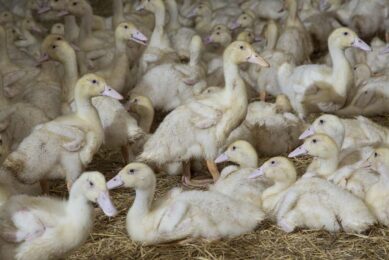Airliners can spread avian flu virus
H5N1 avian influenza, commonly referred to as bird flu, has not yet resulted in a pandemic influenza because the virus lacks the ability to spread efficiently and sustainably among humans.
However, public health officials are greatly concerned that a human flu strain could be triggered by the H5N1 virus, which is found in bird flocks around the world and has repeatedly crossed the species barrier and infected people. An Indiana University School of Informatics-led team of researchers has devised a model that predicts how a rising epidemic influenza might spread across the globe by airliners.
“The threat of a pandemic is pushing the international community to discuss scenario analysis and develop adequate preparedness plans,” said Vittoria Colizza, one of the investigators in the study.
The model already was introduced in a previous study conducted by the same researchers more than a year ago, showing in detail how air-transportation-network properties are responsible for the worldwide pattern of diseases. Using advanced computational tools, the team was able in both studies to simulate how an influenza pandemic would spread, both over time and geographically, and to provide forecasted scenarios and confidence intervals.
The researchers show that strict travel restrictions would do little, if anything, to prevent the flu from spreading throughout the globe. Encouragingly, the model predicts that the use of antiviral drugs would significantly thwart a global flu outbreak within certain ranges of infectiousness if every country in the world had a drug stockpile sufficient to treat 5-10% of their populations.
Next, the study focused on realistic scenarios in which antiviral resources are not equally distributed, with a higher concentration in wealthy countries. Different strategies are compared: a selfish strategy in which each country relies on its own supplies, as opposed to a cooperative approach in which prepared countries would donate part of their resources for global use.
Related articles:
Join 31,000+ subscribers
Subscribe to our newsletter to stay updated about all the need-to-know content in the poultry sector, three times a week. Beheer
Beheer








 WP Admin
WP Admin  Bewerk bericht
Bewerk bericht